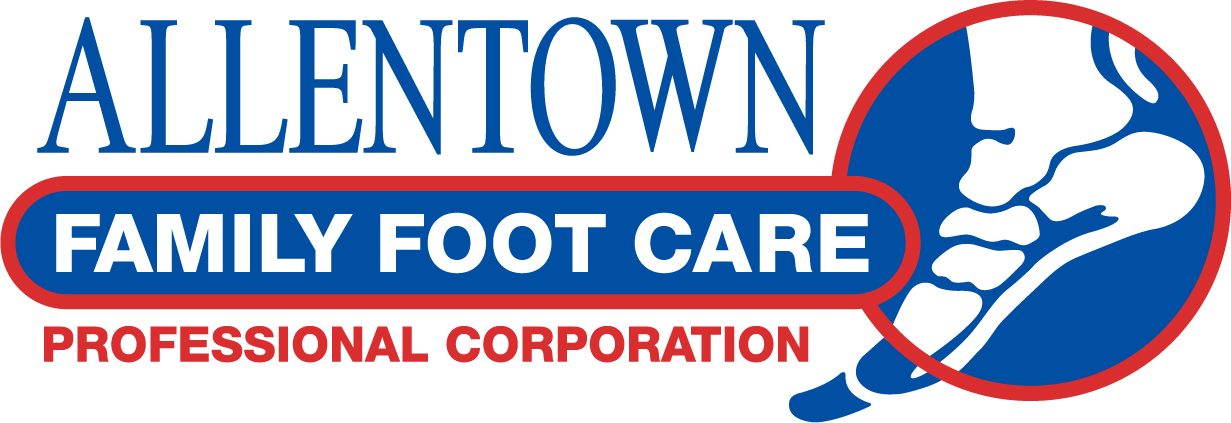The term “bunion” was derived from a Latin word meaning turnip. This is a term used to describe a prominence or enlargement at the great toe joint. On the contrary, this deformity is more than just a bump or prominence. It involves changes in the structural relationship between bones on the foot. Sometimes there is no bump at all, but the abnormal angulation of the first metatarsal bone which causes the visible prominence. The bone relationships are most appreciated and easily evaluated on X-ray. Hallux Abducto Valgus (HAV) is the medical term used to describe this deformity.
There are many factors that contribute to the development of Hallux Abducto Valgus. Heredity plays a role in this deformity. Although bunions are not present at birth, they may develop at an early age. Most deformities become noticeable during the adult years. This is because the deformity itself is not inherited but rather a typical foot type. The mechanics associated with his foot type are to blame. A flat foot that pronates (rolls in) excessively is more prone to develop a bunion. Shoes can also be a deforming factor. It is a fact that HAV was uncommon in Japan until western shoes were introduced. Also it is noteworthy to mention that HAV is more common in females. This is a result of the more restrictive, deforming shoes they wear. Other causes of Hallux Abducto Valgus may include trauma, neuromuscular disorders, various types of arthritis and ligamentous disorders.
Individuals with bunions are concerned about the appearance of their feet but most seek medical attention due to the painful symptoms. The pain is often due to shoe irritation. Sometimes there is an associated neuritis or bursitis. Faulty mechanics and abnormal stresses at the great toe joint will eventually cause cartilage breakdown. A painful arthritis is often the end result. This same wear and tear phenomenon occurs at other weight bearing joints such as the hip and knee. Generally it is safe to say that the severity and symptoms of this deformity increase over time.
Conservative treatment is directed at finding wider, softer shoes that decrease the pressure on the deformity or first metatarsal head. Bunion pads may also be helpful at relieving pressure. Since orthotics control foot pronation, they may prove helpful at halting the progression of this deformity. Some individuals alter their footwear and their activity and still experience discomfort. They accept the discomfort because they are told they’ll have to live with it.
Surgical correction of Hallux Abducto Valgus has been discussed since the turn of the century. There are many procedures described for the correction of this deformity. With the test of time, many procedures have fallen out of favor. For example, the silicon implants used extensively for joint replacement in the early 1980s are no longer a panacea. Today they are used only in select cases. Some foot surgeons choose not to use them at all due to the potential complications. There are many techniques available to the surgeon for the correction Hallus Abducto Valgus. There is no one procedure that can be used to correct all deformities. The selection of a surgical procedure is based on the severity of the deformity. There are general guidelines that all foot surgeons must follow in their selection criteria.
Surgical correction of HAV is an elective decision made by a patient. Before making this decision, a patient must be informed of other treatment options. The patient must understand the risks, benefits and possible complications of surgery. In addition, the patient must have a thorough understanding of the postoperative course that they must follow after surgery. The decision to choose surgery is a very important choice for any patient. The importance of providing information and educating patients cannot be over-emphasized. Second opinions can sometimes be helpful when it comes to making this difficult decision. No matter which treatment regime is chosen, seeking proper evaluation is the first step in understanding this deformity and addressing this problem. Seeking early evaluation is always a good choice as compared to waiting until the symptoms become severe.
